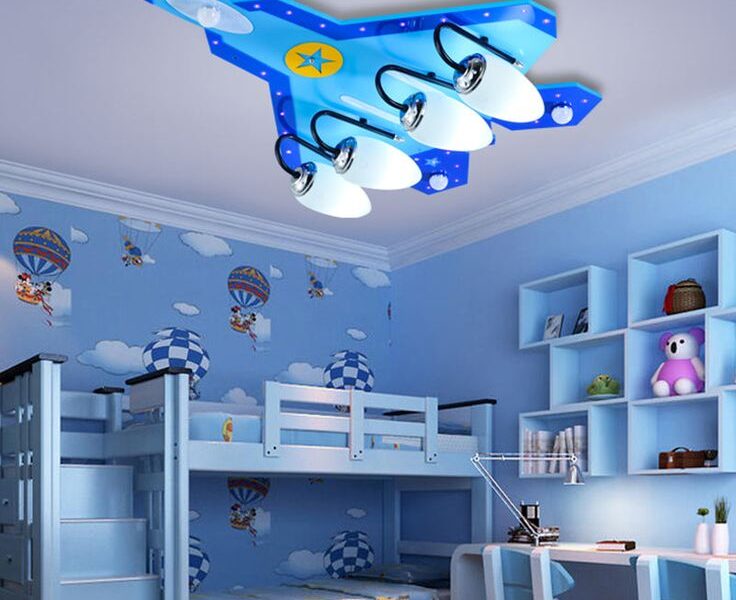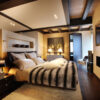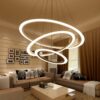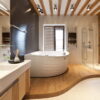Decorating a kid’s room is an exciting yet challenging task for many parents. It’s easy to get caught up in trends or overdo the theme, only to find that your child has outgrown their space within a few short years. The challenge is finding a balance between fun, functionality, and flexibility, ensuring that the room evolves with your child’s changing needs and tastes. While there are countless design ideas available, the key to success lies in creating a room that is adaptable, engaging, and practical.
Using the PAS (Problem-Agitate-Solution) framework, we’ll explore common issues parents face when decorating their child’s room, why sticking to rigid designs can cause more frustration than joy, and how a few smart ideas can transform the space into a room that your child will love for years to come.
Problem: Outdated and Inflexible Kids’ Room Designs
Many parents make the mistake of designing a kid’s room with a specific theme or trend in mind, only to realize later that their child’s tastes and needs evolve quickly. Whether it’s a princess-themed bedroom for a toddler or a superhero-inspired room for a young boy, children’s interests often change as they grow older. This can lead to costly redecoration efforts every few years, making it hard to keep up with their evolving preferences.
A 2019 survey conducted by Houzz found that 60% of parents ended up redecorating their child’s room within five years of the initial design. The most common reason cited was that the room design no longer reflected their child’s personality or needs.
When you invest time and money into a room that becomes irrelevant too quickly, it leads to frustration and wasted resources. Plus, many themed designs focus too much on aesthetics without considering practical elements like storage, organization, and functionality.
Agitate: Why Rigid Themes Cause Long-Term Frustration
Sticking to a rigid design theme for a kid’s room can cause headaches down the line. Children’s needs evolve rapidly, and a room designed solely around a specific interest (like dinosaurs, princesses, or superheroes) can quickly feel outdated. Moreover, themed decor often comes with very specific color schemes and furniture, making it difficult to adapt to new interests or uses for the space.
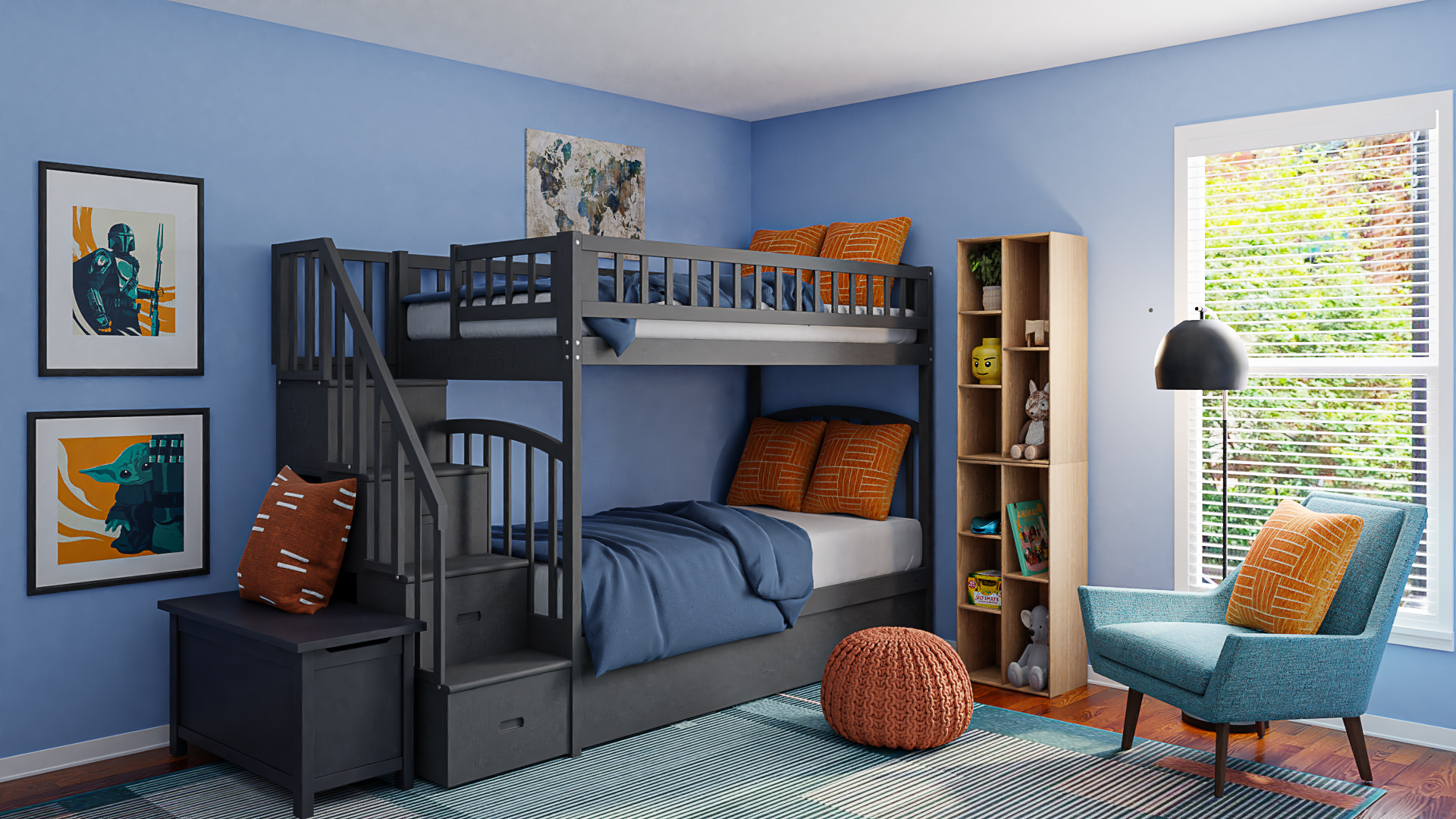
Kids Room Decor Ideas
Beyond design fatigue, inflexible rooms often lack practical storage solutions, which leads to clutter. Without proper organizational systems in place, toys, books, and clothes can quickly take over the room, creating chaos and making it harder for your child to enjoy their space.
A study by the National Sleep Foundation found that cluttered environments can negatively impact sleep quality. In a cluttered room, children were 35% more likely to experience restlessness during the night, which can affect their overall well-being and development.
So, while a themed room might initially delight your child, the long-term frustration of constantly redesigning or dealing with disorganization is not worth it.
Solution: Flexible and Fun Kids Room Decor Ideas
The good news is that creating a kids’ room that’s both fun and functional doesn’t require rigid themes or constant redecoration. With a few smart ideas, you can design a room that adapts to your child’s changing needs while remaining practical and stylish.
Here are some decor ideas that will make your child’s room a lasting success:
1. Neutral Base with Pops of Color
Instead of committing to a themed room, opt for a neutral base (such as white or light grey walls) and add personality through interchangeable accessories. Think vibrant bedding, colorful wall art, or fun throw pillows that can be easily swapped out as your child’s preferences change.
According to a case study by Architectural Digest, families who designed kids’ rooms with neutral backgrounds and flexible decor items were able to keep their child’s room relevant for up to 10 years, significantly reducing the need for frequent makeovers.
Actionable Tip: Choose bedding and wall decor that reflects your child’s current interests but can be easily replaced. For example, a space-themed comforter or jungle-inspired wall stickers can be swapped out for something new as your child grows.
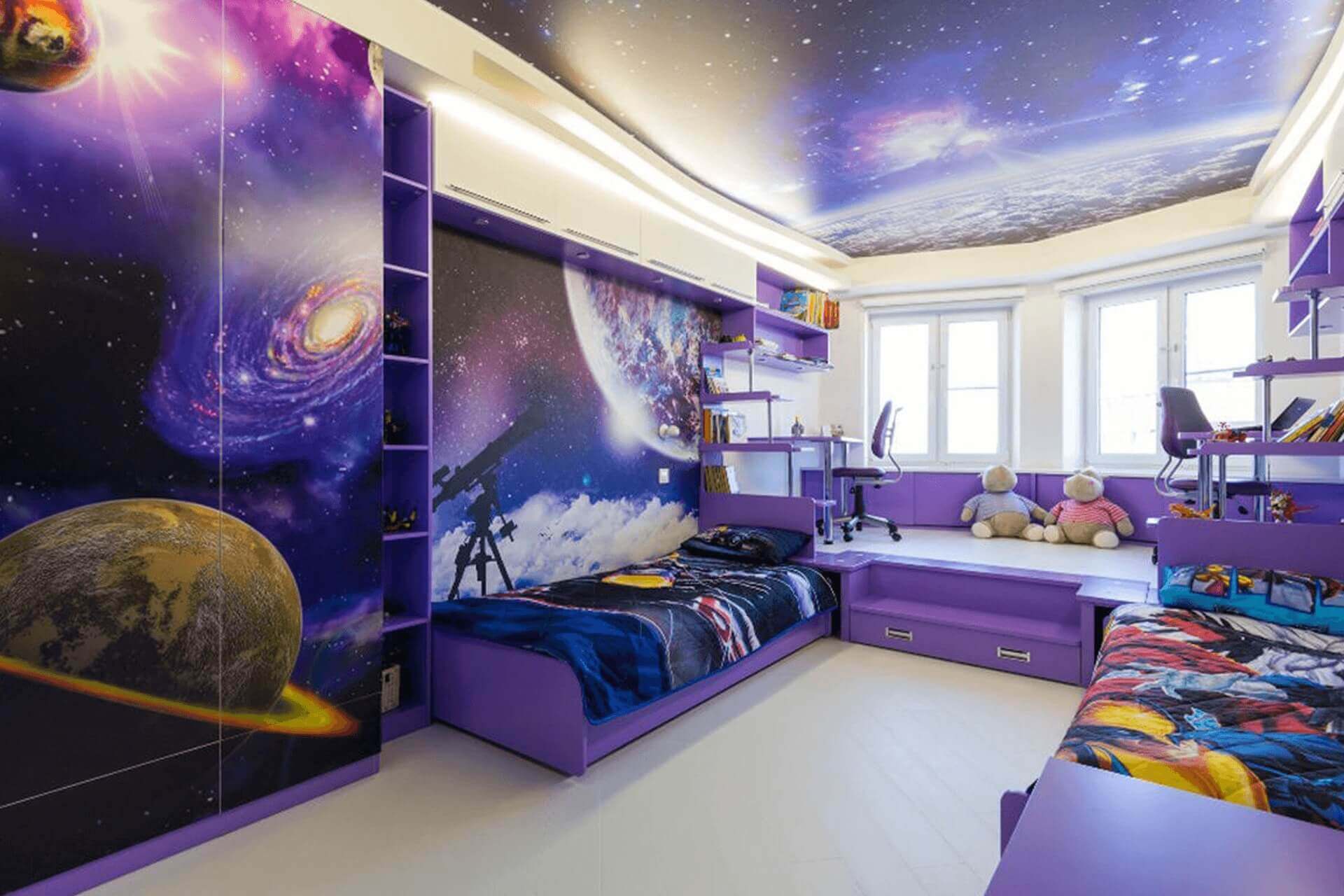
Kids Room Decor Ideas
2. Create Zones for Play, Study, and Rest
One of the most important aspects of a kid’s room is creating different zones that serve specific purposes. Kids need areas where they can play, read, study, and rest. Defining these zones with furniture and decor will help keep the room organized and functional.
A 2020 study by the American Academy of Pediatrics found that children who have designated study spaces in their bedrooms are 25% more likely to develop good study habits and succeed academically.
Actionable Tip: Use rugs to define areas for play and study. A large, soft rug can designate a play zone, while a desk and chair placed in a quiet corner create the perfect study nook. This division helps the room feel organized and encourages your child to use each space for its intended purpose.
3. Incorporate Smart Storage Solutions
Storage is key in any kids’ room, especially as they grow and accumulate more belongings. Incorporating built-in shelves, storage bins, and under-the-bed drawers can make a huge difference in keeping the room tidy.
A case study by IKEA found that parents who used modular storage systems in their child’s room were able to maintain an organized space 40% more effectively than those who relied on traditional furniture alone.
Actionable Tip: Invest in multi-purpose furniture, such as a bed with drawers underneath or a bookshelf that doubles as a toy organizer. Encourage your child to participate in keeping their room tidy by providing easy-to-use storage solutions at their height.
4. Personalize with Art and DIY Projects
Let your child’s personality shine through with DIY art projects or personal touches like framed drawings, nameplates, or a custom bulletin board. This allows your child to have a say in their room’s design, making it a space they feel connected to and proud of.
A study from the University of Texas found that children who participate in the decoration of their rooms are 30% more likely to take pride in maintaining it, leading to a cleaner and more organized space.
Actionable Tip: Set up a gallery wall where your child can display their favorite artwork or photos. Swap out pieces as they create new ones, keeping the room fresh and personalized.

Kids Room Decor Ideas
Conclusion: Design That Grows with Your Child
Designing a kid’s room that evolves with them is possible with the right approach. By opting for neutral colors, creating distinct zones, incorporating smart storage, and adding personal touches, you can create a space that your child will enjoy for years. Avoid the pitfalls of rigid themes and embrace a flexible, functional design that allows your child’s room to grow with them.

